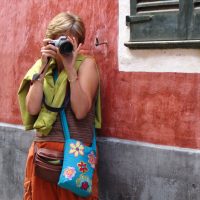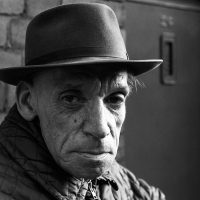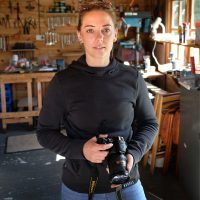The best photographers in the world understand the value of using morning light – and how to get the most from it.
Landscape photography at dawn
In fact, those top photographers are often in position well before dawn. Landscape photographers – and indeed townscape photographers – are there bright and early so that they can capture the wonderful colours of dawn and pre-dawn.
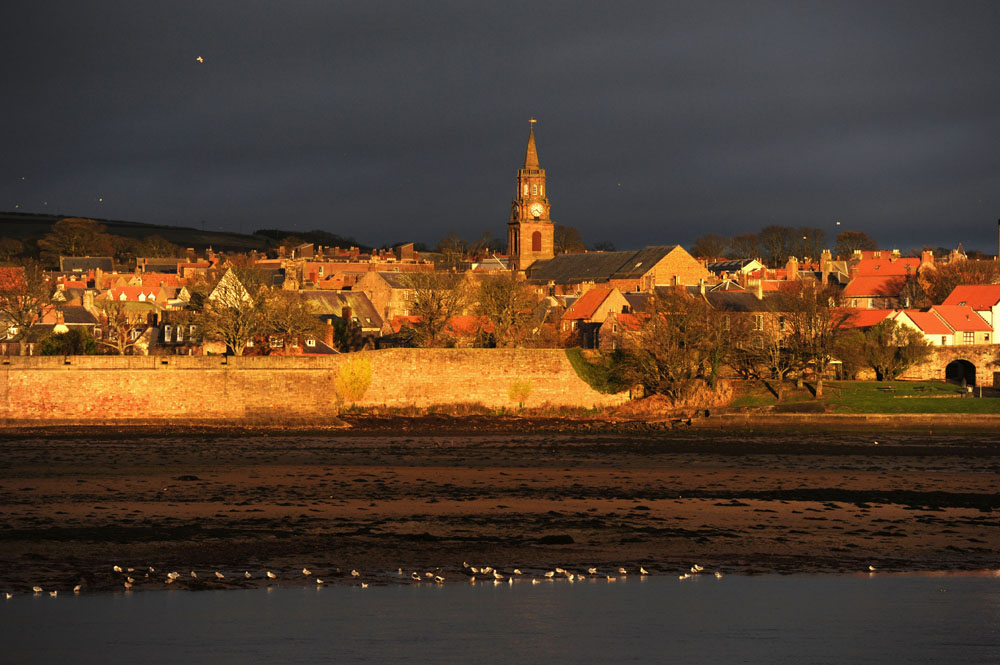
Early morning light for Street Photography
For the street photographer, working very early in the morning has an added advantage. Not only can he or she work in directional, and magically soft morning light, but it’s often the case that people are much more friendly when they are out and about early. There’s a sort of unspoken empathy among early risers.
This all helps make the Street Photographer’s job so much easier and enjoyable. I’ve often been invited into people’s homes and workshops for a cup of tea or coffee when I’ve been working at the crack of dawn. People just seem to be less agressive at that time of day – maybe they feel that crooks and vagabonds are unlikely to be bothered getting out of bed so early. Or perhaps the pressures of the day haven’t had time to build up yet.
How to use morning light
The first thing you’ll notice about early morning light – assuming the sun is out – is that it can be very directional. That’s because the sun is so low in the sky. This can be used to great advantage depending on your subject. I’ve written a great deal about light over the years, and I suggest you check out one of my posts The Direction of Light.
But there’s often a sublety and softness in the Quality of Light that lends itself perfectly to a more gentle contemplative approach to suitable subjects. I think photograph below illustrates my point.
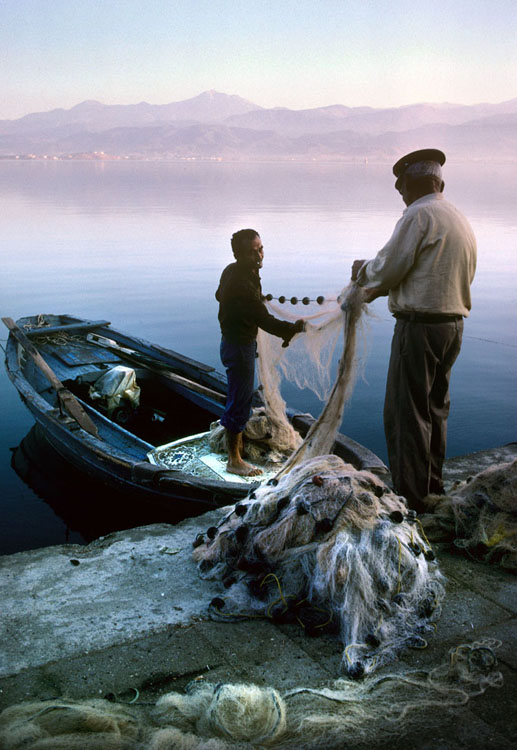
Careful exposure
It’s not just the calm of the scene above that gives it its visual appeal. It’s that light! It’s tinted pink by the dawn of perhaps 15 minutes before. This light is soft, yet directional. I was perfectly aware of this at the time. That’s why I was out so early. To capture this subtle quality and colour you must pay particular attention to your exposure.
This bring me to one of the downsides of taking pictures in soft early morning light. Although the colour, direction and quality of the light can be glorious, there’s often not a lot of it about – light that is. So careful exposure and camera craft is essential. Over expose and the atmosphere is washed-out and lost. Under expose and the scene is dark and lifeless.
In the situation above I would have taken a light reading from the nets on the ground.
Using ISO 400, the exposure was 1/30th sec at f/5.6. That’s quite a slow shutter speed on a hand held camera, especially when photographing people. So real care was needed to avoid camera shake. The calmness of the scene helped, of course, and the unhurried movements of the men ensured acceptable sharpness. Also, the timing of a shot like this is critical. There would have been no point in pressing the shutter just as one of the men stooped down or made a sharp movement. Not with that slow shutter speed. He would have been blurred,
Lit by early morning light, the whole scene becomes an image of peace, timlessness and calm. The gentle pink colour of the light on the distance mountains has brought a pleasing contrast to the soft blues and greens of the foreground..
For sunset read sunrise
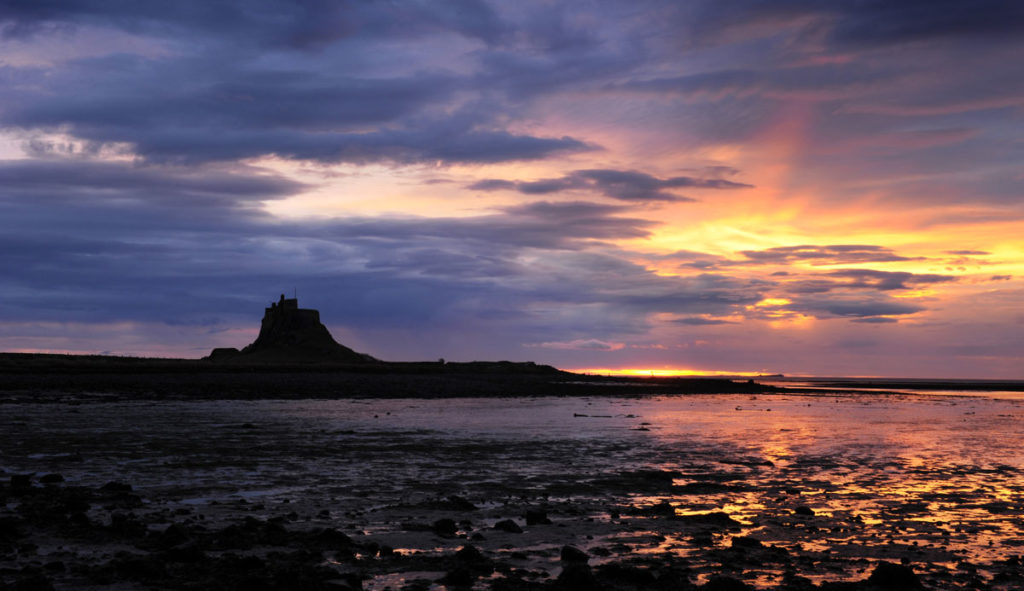
A good sunrise can be equally as dramatic and colourful as the best sunset. This is especially so on the east coast of the UK. However, when you go out to photograph a sunset you know exactly where the sun is going to sink below the horizon. You can watch it – and photograph it going down. It’s easy to get into position for the best composition and to set up your tripod and gear in what’s left of the daylight.
When photographing a sunrise – things are different.
When you get to your location to shoot a sunrise, you will arrive in the dark. Unless you are very familiar with the lie of the land, and all your equipment, you will be fumbling to set things up. So check out the location the day before in the daylight if you can. Know your gear. Practise setting up that tripod until it is second nature and you can do it in the dark.
You won’t have to get up quite so early if you are photographing a winter sunrise. Do a little research. Check your sunrise times – and take a torch. The effort of getting out of bed early will be really worthwhile.
